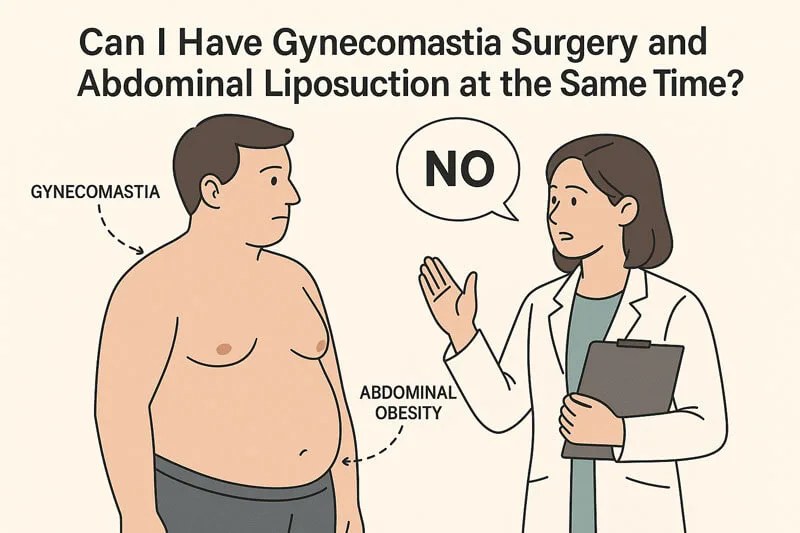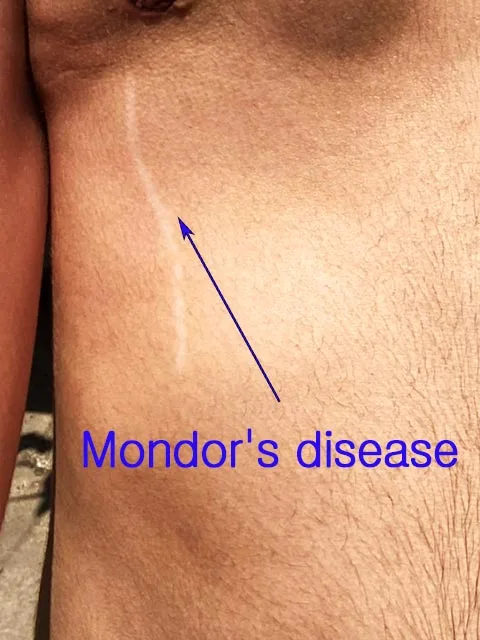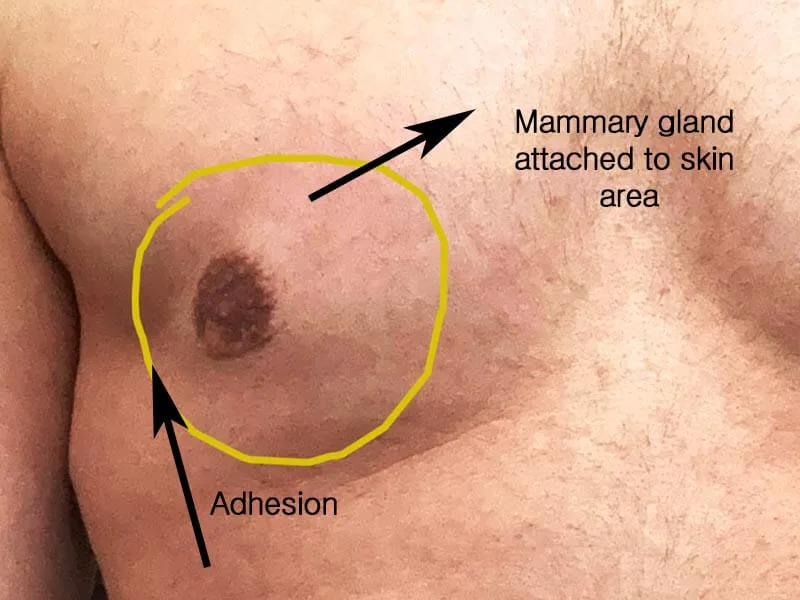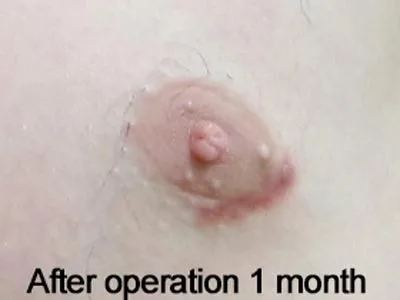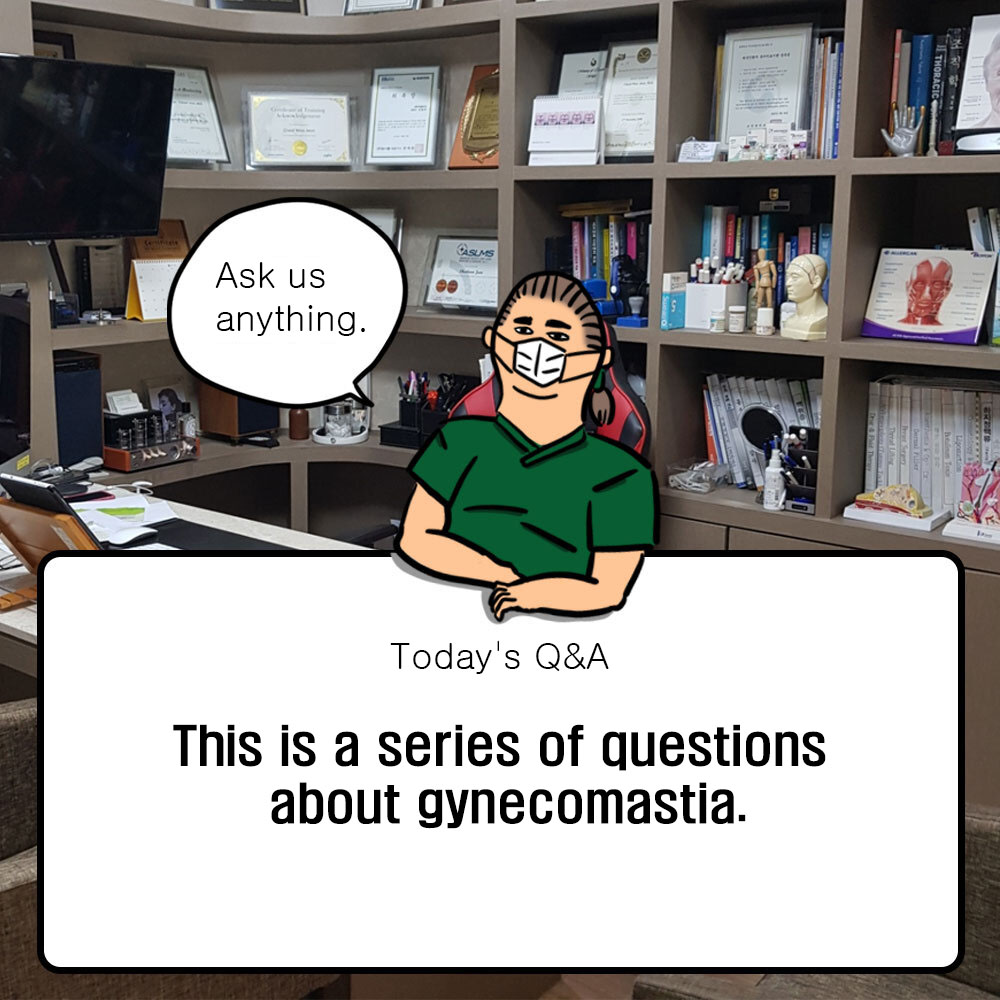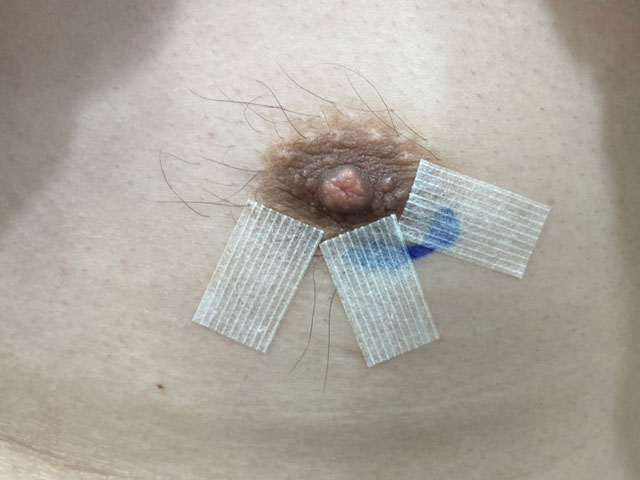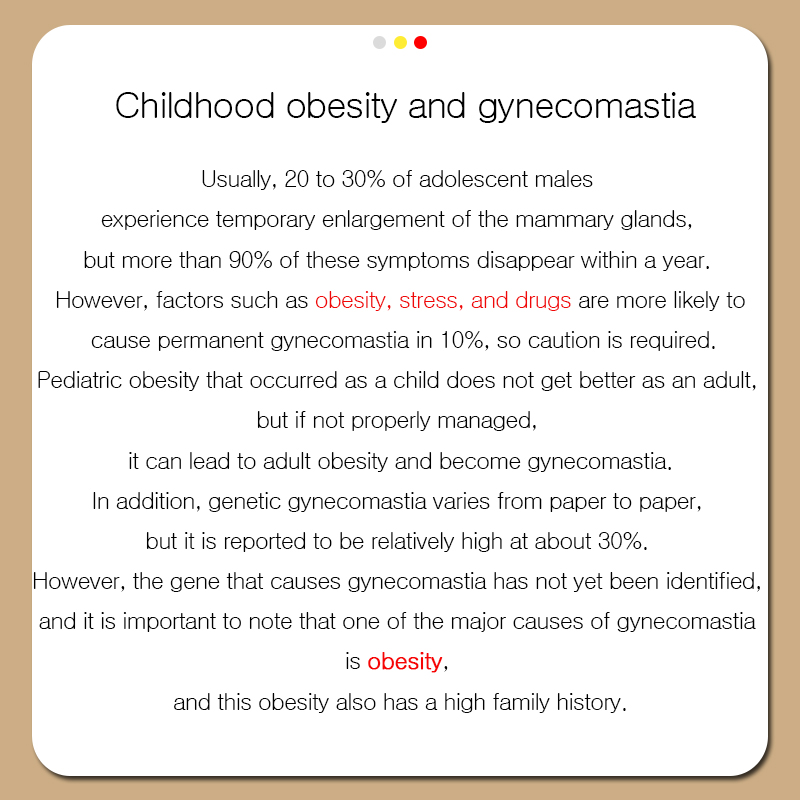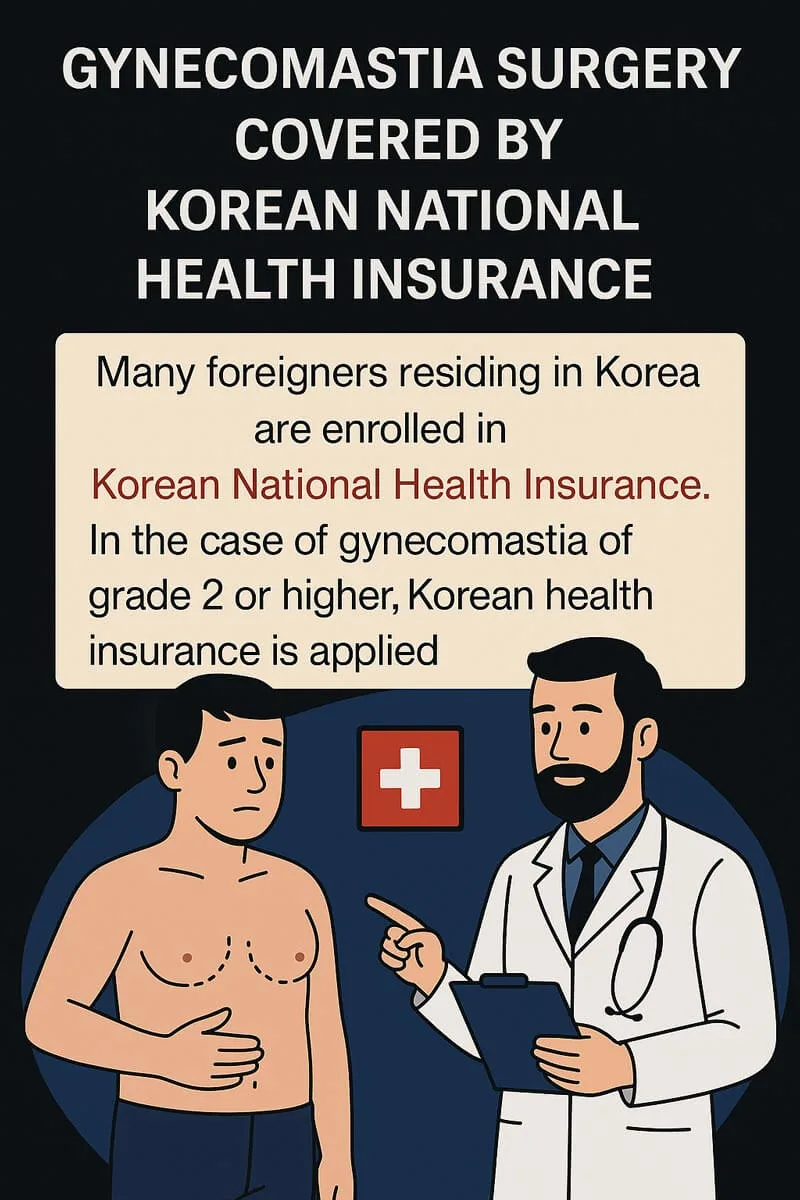[FAQ] Can I Have Gynecomastia Surgery and Abdominal Liposuction at the Same Time?
evitaclinic2025-07-24T13:30:49+09:00At Evita Clinic, patient safety comes first. That’s why we don’t perform gynecomastia surgery and abdominal liposuction on the same day. Learn the medical reasons behind our two-step approach and how it leads to safer, faster recovery with better results.

